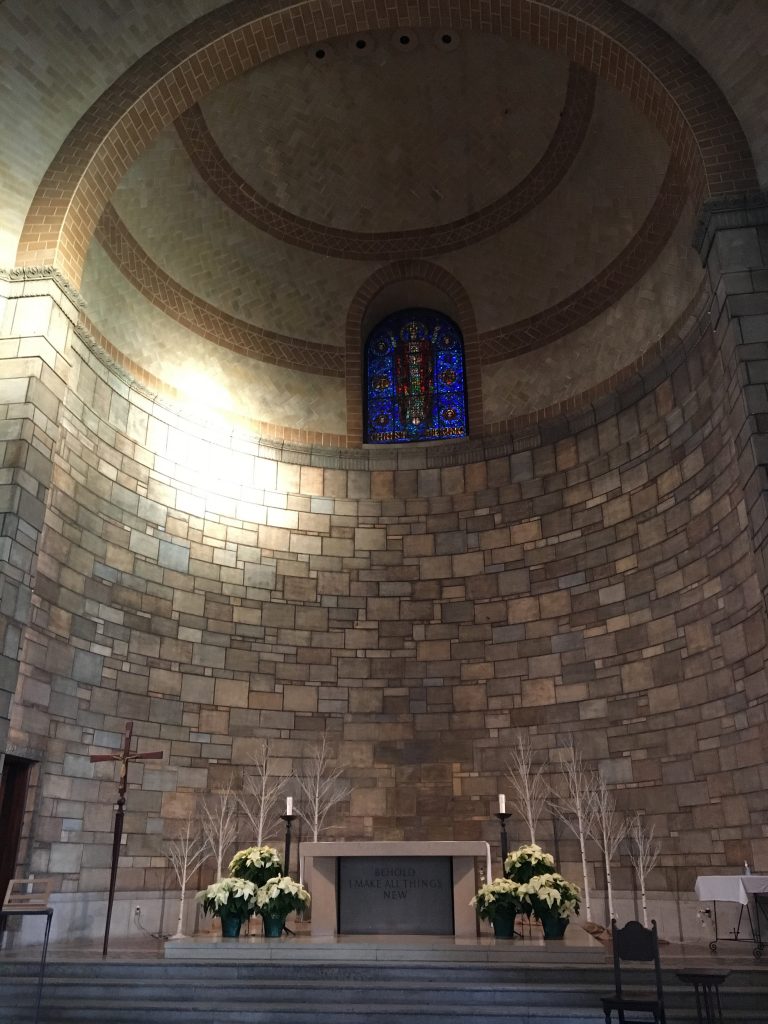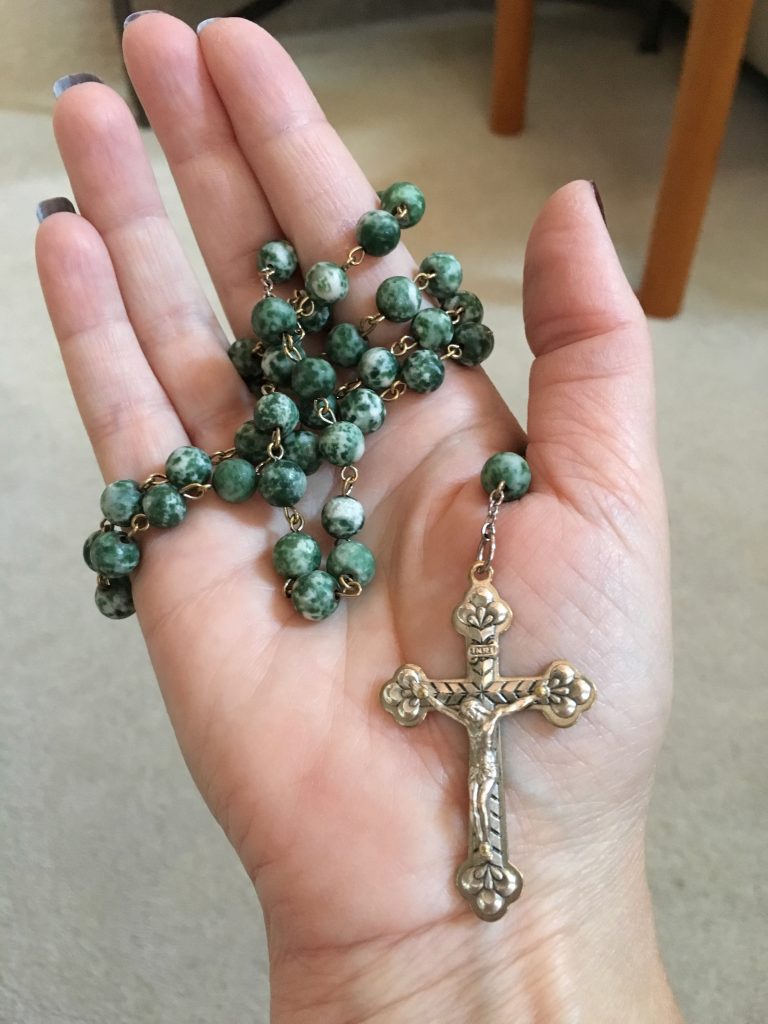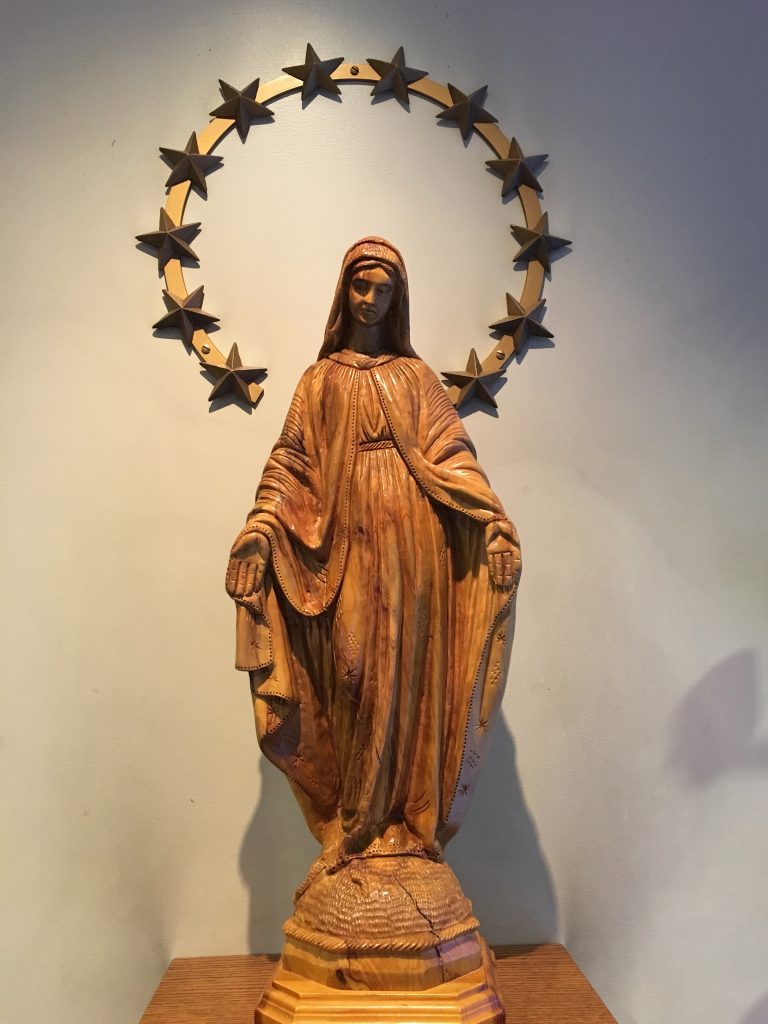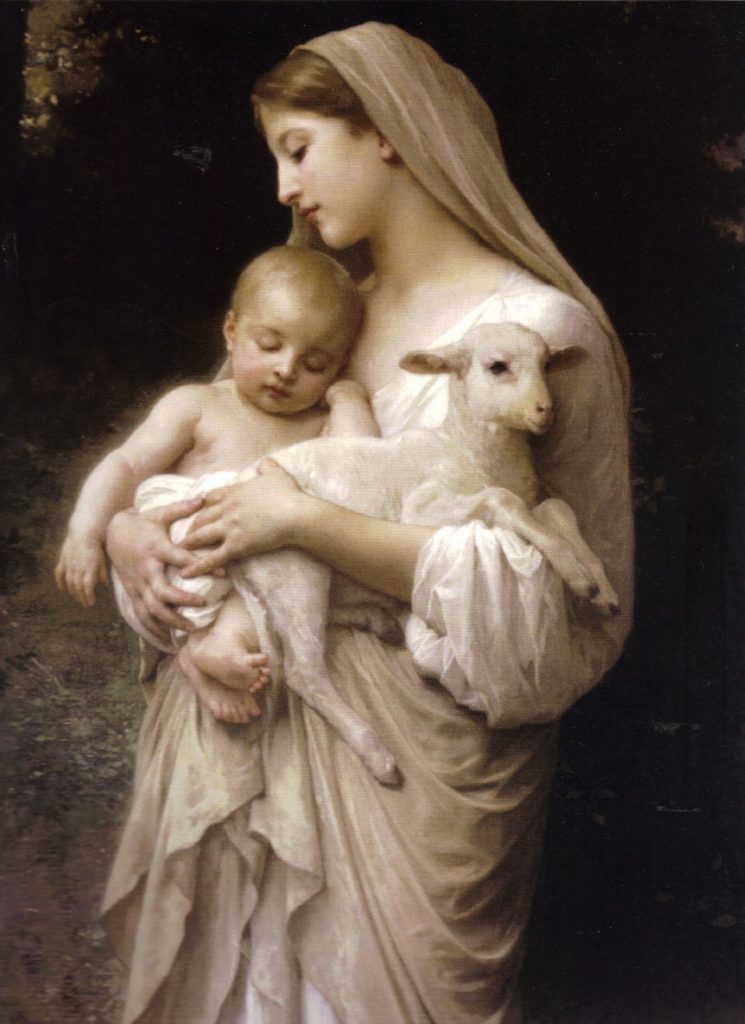ADVENT GRATITUDE: CHANGE IS POSSIBLE
Mary Elizabeth Ilg
 Saint Catherine University Chapel, St. Paul, MN
Saint Catherine University Chapel, St. Paul, MN
On a Thursday morning in late autumn, the Monastery Department Heads, Staff, several Sisters and guests gathered to hear Theology Professor Diane Millis speak on the subject of change. She began by referring to the prophet Isaiah: “Behold, I make all things new.” Through ongoing conversion on the spiritual journey and awareness that God’s splendid creation continues each day, we can ask ourselves how newness is manifesting in us, this daily transformation. We were invited to gather into small groups to tell versions of our life stories to each other and receive feedback. We were asked several questions about the protagonist (us) in our stories:
What does she find life-giving?
What does she find limiting?
What is she seeking?
We learned a new term: “contaminative sequence.” This pertains to stories we can tell ourselves about life events that are entirely negative or contaminating (i.e. divorce or death of a loved one). We learned to reframe these stories in a new and redemptive way: divorce is painful, but the children produced during the course of a marriage are the benefit and gift from the experience, making the pain worth it. Death of a loved one produces piercing sadness and grief, but we can be grateful to have experienced the richness of such love in intimately knowing the person who died. We can hold onto our memories as sacred treasure. We can find comfort in knowing that our loved ones are with God.
As if in an uncanny echo of the morning’s presentation topic, Father Kevin Manthey, Hill-Murray chaplain, told us in his homily at midday Mass that it is not possible to feel despair when one is focused on gratitude. Many people even make morning gratitude lists to start their day, to keep their focus on what is good and life-giving (redemptive, rather than contaminative). I have been making gratitude lists for several years now. Many of the daily list items are repeated, but the action of writing them down does something to one’s thought process, re-training to shift from negative pessimistic tendencies to the positive.
EMPOWERED TO CHANGE
This enlightening day of learning and prayer in the School of the Lord’s Service concluded for me by doing something I have wanted to do for well over a year since I joined the Monastery staff: pray the Rosary with the Sisters in Healthcare. I am usually too busy in the mid-afternoon, but after sharing this goal with my morning small group as an example of life-giving activity, I was determined to finally make the time and effort.
ROSARY IN HEALTHCARE
Sister Marie Rademacher faithfully leads the Rosary each day in the Healthcare Center at 3:30 p.m. The Sisters pray for the intentions of our community, especially our donors and generous benefactors, and the safety of our campus neighborhood agencies: Tubman Family Alliance, CommonBond Apartments, Hill-Murray School and Maple Tree Childcare Center. On this day, I was welcomed into the prayer group by Sister Sharon Schiller, Sister Anne Boeckers, Sister Monica Raway and Sisters Andrine and Andriette Schommer.
“We miss someone who used to sit here,” said Sister Andriette, motioning to her chair. “Sister Rosella.” Their biological sister, Rosella Schommer, passed away on October 11 at the age of 92. “She’s in a better place now.”
BLESSED BY CHANGE
I will confess that I have not said the Rosary in a long time, since my current morning routine involves saying the (shorter) Divine Mercy Chaplet. Eighteen years ago, as a newly converted Catholic, I said the rosary frequently and glorious events unfolded in my life. Amazing things. Transformative changes. As devoted followers of the Rosary know, the power of this prayer unlocks miracles: Illnesses are cured. Babies are born. Jobs are found. Enemies become friends. The Sisters assemble every afternoon to chant together these sacred words. I am humbled to hear my voice join theirs. But it does. My voice does join theirs.
Before the Rosary, the Sisters also pray The Memorare:
Remember O Most Gracious Virgin Mary, that never was it known, that anyone who fled to your protection, or sought your intercession, was left unaided.
Inspired by this confidence, I fly to you, O Virgin of Virgins, My Mother…
As we started with the joyful mysteries, beginning with The Annunciation, I could feel myself relaxing into a meditative calm, a time outside of time, as we together recited the first decade of the prayer, cool beads in our fingers. My rosary is made of green marble from the Cathedral of St. Paul, where I was confirmed at Easter Vigil 2000. Sister Marie’s rosary flashes in the light: luminous, clear crystal. Sister Sharon’s rosary is black.
I found myself gazing at the intricate pattern of a white lace doily on the back of a dark velvet sofa as we prayed. The interlocking patterns of shapes, vines, scrolls, flourishes. I was reminded of my grandmother’s house in northern Minnesota, where I spent many happy childhood days.
And I could feel the supernatural peace begin to enfold me, like an aura of light. The protection of Holy Mary, Mother of God, surrounding us. The beads unfurled in my hand like a rope of jewels. Marble and crystal and obsidian. I closed my eyes; the moon disappeared behind dark clouds and then reappeared. Day and night blending into one. Sunlight. Pure joy. God’s presence. Knowing that everything is going to be all right. Now and forever.
As I stood up to leave, Sister Anne said to me, “You have made my prayer today more beautiful.”
I placed my hand, still holding my rosary, against my heart. Thank you, I said.
What else can one say in response to such grace?
Immaculate Queen of Peace, Pray for Us.
 L’Innocence, William Adolphe-Bouguereau, 1893
L’Innocence, William Adolphe-Bouguereau, 1893

